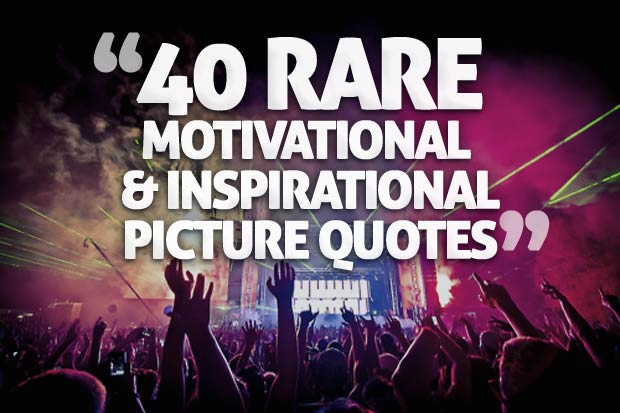Success Advice
3 Ways Meditation Can Make You More Successful

Meditation has been practiced in Eastern culture for thousands of years but now it’s gone global. If the word meditation and other spiritual practices conjures up images of monks or long-haired hippy types, think again. With everyone from high-achieving CEOs to celebrities now attributing much of their success to regular meditation the stigma is finally being removed and it’s becoming mainstream.
When I was younger I was afraid to express too much interest in such things as spirituality or other such esoteric beliefs because they would’ve been dismissed as nonsense and I didn’t want to be judged as weird. However, having gone through such an enlightening spiritual awakening over the last few years I’m now all in. The more I learn about the three M’s (mindfulness, meditation and manifesting), the more it makes sense. There’s a reason this wisdom has been taught in eastern cultures for thousands of years: it works.
Here in the West we are slowly catching up to what the ancients have known all along. Presence, awareness and moments of calm are essential to living a fulfilled life; stress, angst and fear are not. We have been conditioned to believe that if we’re not doing everything at a hundred miles an hour, burning the candle at both ends and spinning all the plates without breaking a single one we are, at best, not worthy of our success, at worst, complete and utter failures.
However, there is more and more evidence to suggest that taking time out to be present, to feel our emotions and then to release them, is the key to living a calmer, more balanced and, ultimately, better life. Art is a fantastic tool for getting started or if you have difficulty staying focused during traditional ‘eyes closed’ meditation. Studying a painting mindfully while controlling the breath can be equally as, if not more, effective than using a mantra.
Here are three great reasons for starting your meditation practice that will set you up for success:
1. Better Sleep
I’ve never really had a problem falling asleep but staying asleep, well that’s different. I used to get up two or three times during the night to catch mice/feed the cats/go to the loo (more often than not all three!). However, since I’ve upped my meditation practice to twice a day I have slept a good six to seven hours straight every night.
I begin my day with a 20 minute visualisation meditation which helps ease me awake slowly and more consciously. Simply waking up half an hour earlier to incorporate this ensures that we start our morning feeling positive and in a calm state of mind. This then has repercussions throughout the day meaning that we’re able to navigate any obstacles that may appear with ease rather than panic. Taking ‘mindfulness breaks’ using tools such as art can help to maintain calm during our waking hours.
By the time we go to bed there is minimal stress in the system and any that does remain can be released during an evening meditation. This means that our body gets the rest it needs at night instead of getting rid of stress, resulting in a deeper and more restorative sleep.
2. Improved Productivity
Now that you’re sleeping better and getting the proper rest you need during the night it follows that your days will be more productive too. Less fatigue and brain fog and more mental clarity means we can stay focused and get more done in less time. When we are constantly existing in fight-or-flight mode it’s difficult to think straight and we often make bad judgement calls under pressure.
Meditation, combined with mindfulness practices which use an anchor to keep us present, such as art, can greatly improve our cognitive function. What it does is calm the nervous system, creates order and therefore allows stress to be expelled from the body. Meditating over time literally changes our brains: studies have shown that regular practice shrinks the amygdala (the part of the brain that controls fear and emotional impulses) and increases the size of the brain stem (where dopamine and serotonin originate) and the pre-frontal cortex, which is the part responsible for learning and creative problem-solving.
3. Enhanced Intuition
If you find you’re constantly second-guessing yourself or have difficulty making decisions on a daily basis then meditation is your new best friend. Most of the time we are using our left brain to analyse and problem solve in a logical way.
What meditation does is strengthen the connection between this and the right, or creative, side of the brain. Using the two in tandem increases our powers of intuition which enables us to instinctively make better decisions and choices. Art also has this ability to unite the two sides of the brain – the left is analysing and trying to make sense of the picture as a whole while the right taps into the emotions that we feel when looking at it. By visually meditating using a piece of art you are in effect supercharging your practice by giving your brain the equivalent of a HIIT workout!
You may not have aspirations to be the next Jeff Bezos or Will Smith but meditation will make you better at being you. Whatever your dreams, they will seem much more attainable if you afford yourself the time to slow down, tune in and filter out the noise. Haircuts and robes are optional.
Life
10 Research-Backed Steps to Create Real Change This New Year
This New Year could finally be the one where you break old patterns and create real, lasting change.
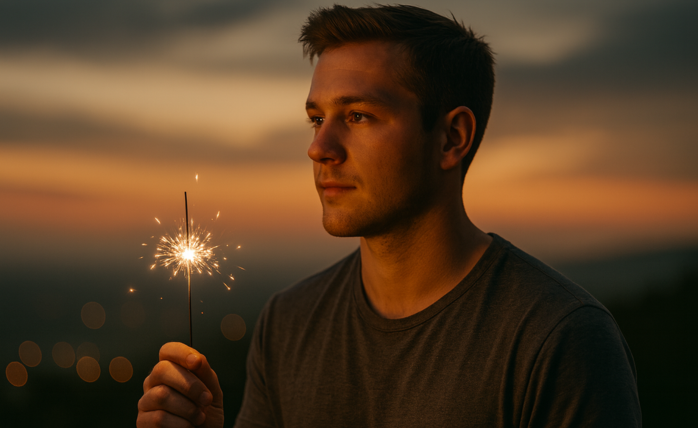
Every New Year, we make plans and set goals, but often repeat old patterns. (more…)
Change Your Mindset
The Silent Skill That Makes People Respect You Instantly
What truly earns respect and why most people go about it the wrong way

Everybody craves respect but not everyone earns it. Some people believe that a title, years of experience, or a position of authority automatically entitles them to respect. (more…)
Entrepreneurs
The Essential Skills Every Entrepreneur Needs In 2026
Success in the digital age isn’t about luck. It’s about mastering the skills that separate dreamers from doers.

When I was 22 years old, I started my first side hustle as a ghostwriter. (more…)
Did You Know
The Success Patterns You Inherited (And Didn’t Notice)
Your family history may hold the key to why you think, act, and feel the way you do today.

Who are you? Your experiences and your family’s narratives and legacies contribute to your identity. Your ancestry contains individual traits and forces that have been inherited over the years. It also carries the fights and victories of your forebears and older family members. (more…)
-

 Personal Development4 weeks ago
Personal Development4 weeks agoThis Silent Habit Might Be Sabotaging Your Career
-

 Business3 weeks ago
Business3 weeks agoWhy Your E-Commerce Fulfilment Is Probably Broken (And How to Fix It)
-

 Shift Your Mindset3 weeks ago
Shift Your Mindset3 weeks ago11 E’s That Define Every Great Leader And Why Most People Miss Them
-
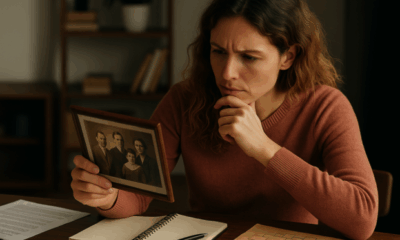
 Did You Know2 weeks ago
Did You Know2 weeks agoThe Success Patterns You Inherited (And Didn’t Notice)
-
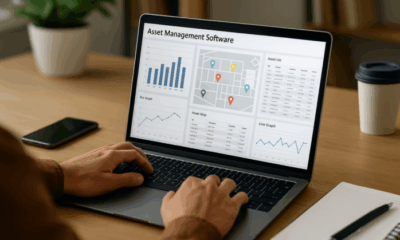
 Business3 weeks ago
Business3 weeks agoThe Hidden Money Pit in Your Operations (and How to Use It)
-

 Entrepreneurs2 weeks ago
Entrepreneurs2 weeks agoThe Essential Skills Every Entrepreneur Needs In 2026
-
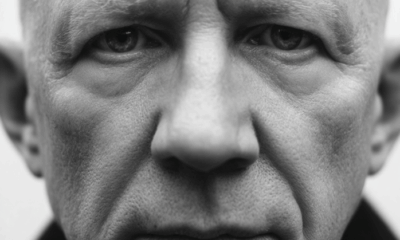
 Change Your Mindset1 week ago
Change Your Mindset1 week agoHow to Turn Your Mind Into Your Greatest Asset (Instead of Your Enemy)
-

 Change Your Mindset6 days ago
Change Your Mindset6 days agoThe Silent Skill That Makes People Respect You Instantly




















